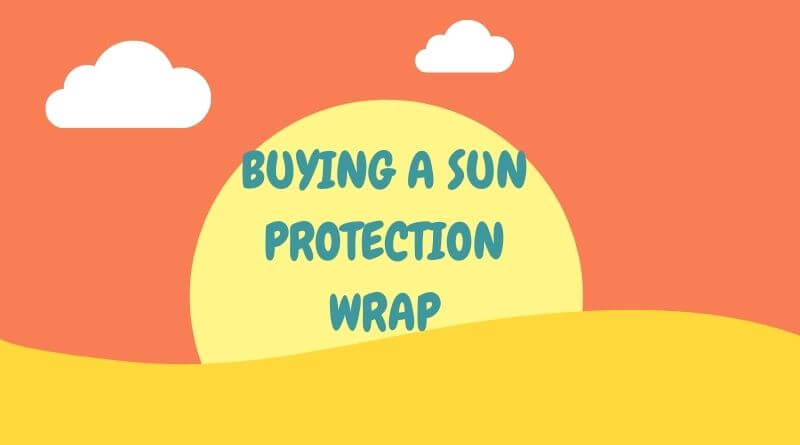If intense movements make your sun sleeves slip off during the most crucial moment, thereby ruining your momentum, then a shoulder wrap is just the thing for you. This wrap is an innovative version where the sleeves are connected at the back. Here are things you should know about a sun protection wrap.
Why You Should Wear a Shoulder Wrap
Medical experts recommend wearing a shoulder wrap to prevent melanoma, sunburn, skin cancer, and other forms of sun damage. A sun wrap with UPF50+ can block or absorb 98% of both UVB and UVA rays. Especially if reapplication of sunscreen every two hours is not possible, say perhaps if you’re competing in a triathlon, then gearing up with a sun wrap is the most practical thing to do. With its moisture-wicking, lightweight, quick-drying, cooling, and breathable features, you’re sure to finish the race without hindrance.
What is UPF?
UPF or Ultraviolet Protection Factor measures the amount of UVA and UVB rays that can go through a certain fabric and onto your skin. A UPF 0f 50 and up can block 98% of UV rays, allowing only a 2% penetration, the exposure risk significantly reduced. A fabric qualifies for the Seal of Recommendation from the Skin Cancer Foundation if it has a UPF of at least 30. Still, while a 30 to 49 UPF provides protection, a rating of 50 and up is ideal.
How is UPF different from SPF?
While UPF measures how much UVA and UVB rays penetrate the fabric through to your skin, SPF or Sun Protection Factor is based on how long it will take for your skin to redden under the sun. For instance, if your skin usually gets burned after 20 minutes of sun exposure, a sunscreen with a 15 SPF can offer protection 15 times longer as long as used correctly. In addition, another distinct difference between UPF and SPF is that the former measures both UVA and UVB rays while the latter measures UVB rays only.
Things to Consider When Shopping for a Shoulder Wrap
Not all sun protection clothes are created equal. To have the best UV protection, here are important things to be considered:
- Choose darker colored fabrics that absorb harmful UV rays, which are kept from penetrating the skin.
- Choose densely woven fabric instead of a loosely woven, sheer, or thin one. You can easily check sun safety by holding a fabric up to the light. If it’s see-through, it obviously means that UV rays can easily penetrate it.
- Choose a sun wrap made from methyl microfiber, shiny polyester, or spandex, which does a great job in reflecting or absorbing UV rays.
- Do not settle for a UPF that is less than 50.
- Choose the right size. The key to finding the right shoulder wrap size is measuring your bicep or upper arm circumference and not your arm length. After all, it’s usual for shoulder wraps to be generously long and stretchable. Just make sure that the wrap you choose has your bicep measurement falling somewhere in the middle of the unstretched and stretched size range.
Caring for Your Shoulder Wrap
To extend the serviceability of your sun protection wrap, avoid strong chemicals such as bleach during washing. Usually, a cold cycle is recommended, and tumble dry is to be avoided during machine wash.









